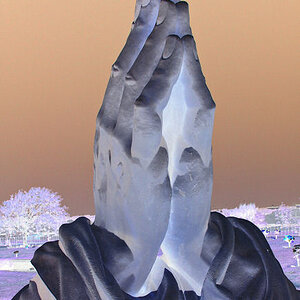Hey everyone,
First, This seems like an awesome forum and I have a feeling I will be spending alot of time here reading up
Well I recently switched from digital cameras to SLR Fim because of the faster shutter speed. I needed a faster shutter speed is because I am into aviation pictures, and a student pilot. So when you are in the air, things are moving and you need some fast pictures.
I recently went down to San Diego, and took about 8 rolls of film of just aviation spotting pictures, I got some really cool ones. And some nice garden pictures at balboa park.
Now, I need a scanner to get all of these onto the computer.
I have been looking at alot of scanners, and it seems like the Epson 3200 is a great buy. A little pricey, but I just got a new job and I wouldnt mind spending some money
Heres what I dont understand, some of these reviews talk about how it scans slides or negatives and film.
1)when I get it developed as a 3x5, Is that considered a slide? =/
2)And I have all the negatives still, so those would just get scanned in there and they would come out as full picture photos on the computer?
3)When they talk about "film" are they talking about negatives or what, Because I dont have the slightest Idea. Like some of them will say, "if you are scanning film..." then I lose them.
If someone could explain what I would be scanning into the scanner exactly. From the reviews, they say you get the best quality from Film, but is that the negative, the slide or like the actual roll?
My camera is a Nikon 65, I just got it in july before I went to San Diego, I absolutley love it! I would love to get a new lense for it soon, it came with a 28mm/300mm. For long range lenses, maybe 300mm or higher, what would be a good brand to look at?
Thanks alot!
Jason Winn
First, This seems like an awesome forum and I have a feeling I will be spending alot of time here reading up
Well I recently switched from digital cameras to SLR Fim because of the faster shutter speed. I needed a faster shutter speed is because I am into aviation pictures, and a student pilot. So when you are in the air, things are moving and you need some fast pictures.
I recently went down to San Diego, and took about 8 rolls of film of just aviation spotting pictures, I got some really cool ones. And some nice garden pictures at balboa park.
Now, I need a scanner to get all of these onto the computer.
I have been looking at alot of scanners, and it seems like the Epson 3200 is a great buy. A little pricey, but I just got a new job and I wouldnt mind spending some money
Heres what I dont understand, some of these reviews talk about how it scans slides or negatives and film.
1)when I get it developed as a 3x5, Is that considered a slide? =/
2)And I have all the negatives still, so those would just get scanned in there and they would come out as full picture photos on the computer?
3)When they talk about "film" are they talking about negatives or what, Because I dont have the slightest Idea. Like some of them will say, "if you are scanning film..." then I lose them.
If someone could explain what I would be scanning into the scanner exactly. From the reviews, they say you get the best quality from Film, but is that the negative, the slide or like the actual roll?
My camera is a Nikon 65, I just got it in july before I went to San Diego, I absolutley love it! I would love to get a new lense for it soon, it came with a 28mm/300mm. For long range lenses, maybe 300mm or higher, what would be a good brand to look at?
Thanks alot!
Jason Winn





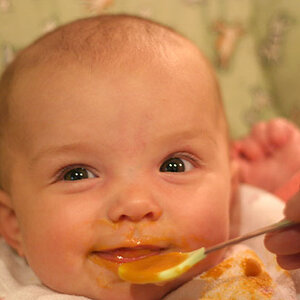
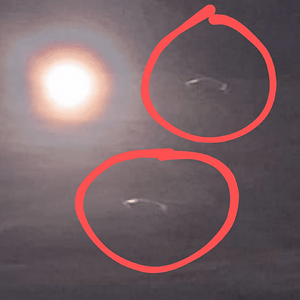
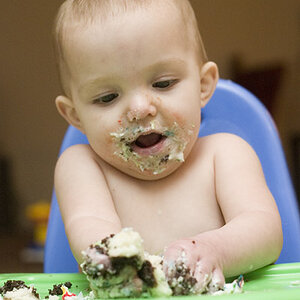
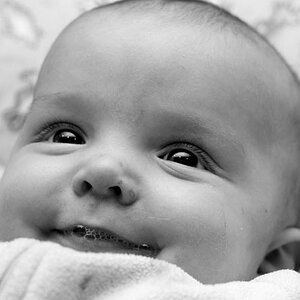
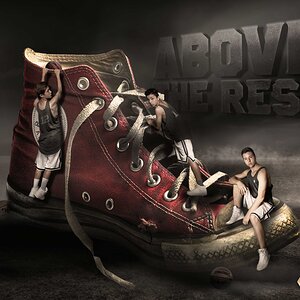
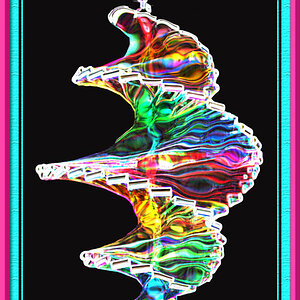
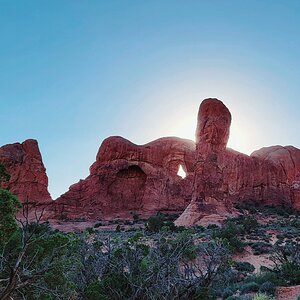
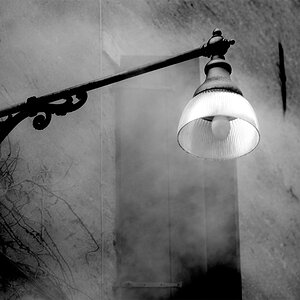
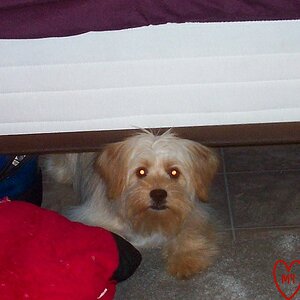
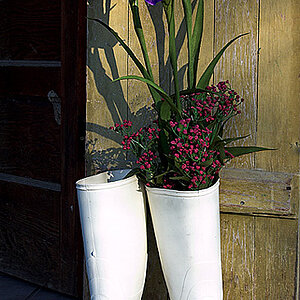
![[No title]](/data/xfmg/thumbnail/41/41780-5efe87aed04575de7c09b065d70763ae.jpg?1619739890)
